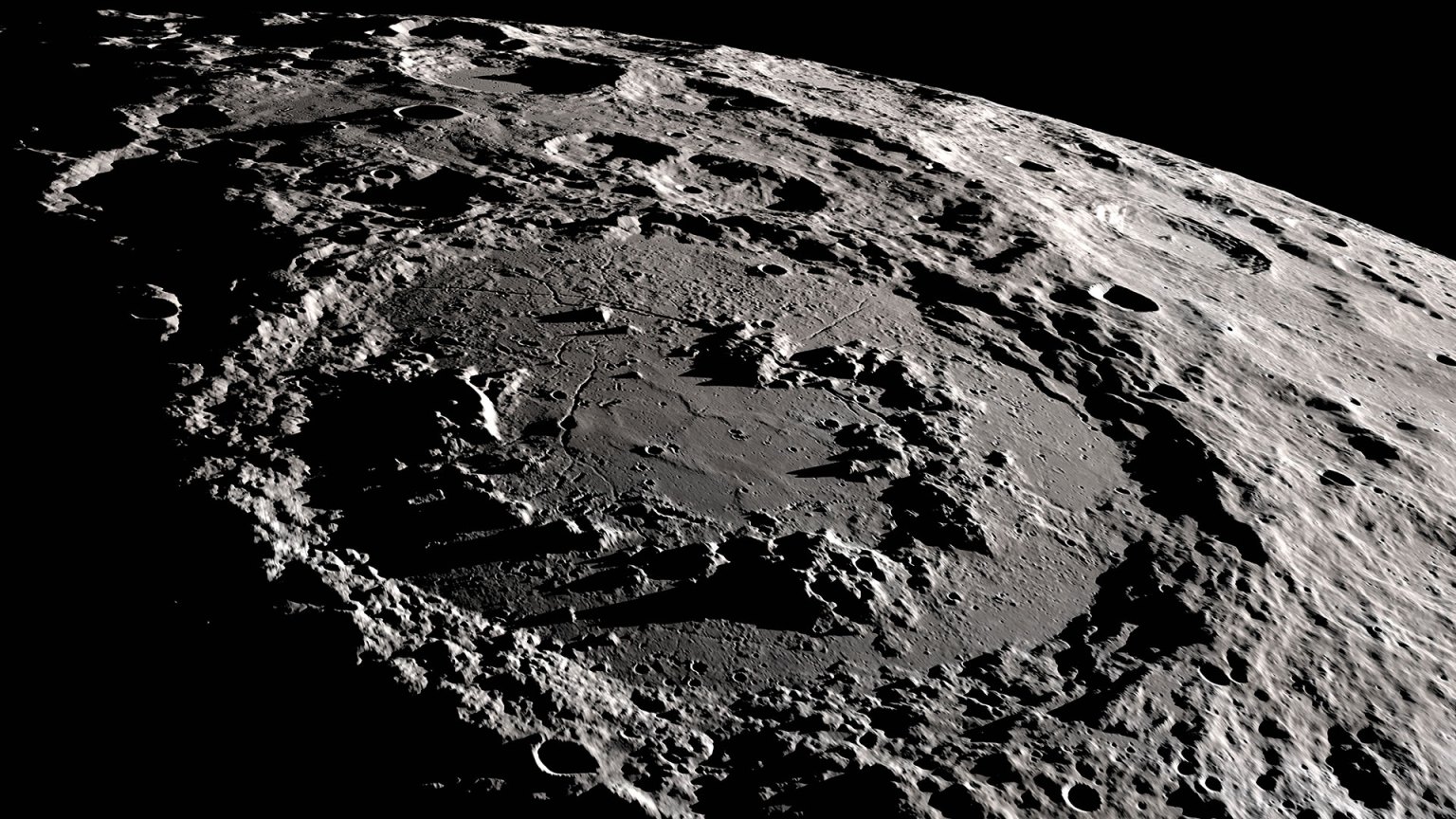West Texas Space Pioneer: Breaking Boundaries at NASA
As a sixth grader in Amarillo, TX, Holly Ridings watched the Challenger accident with her classmates. Her twelve-year-old response as she processed the tragedy was, “I want to fix that.” Ridings has been solving problems and breaking boundaries ever since. Please join an authentic, relatable, and intimate chat with NASA’s first female chief flight director and current deputy program manager for the space agency’s Gateway Program, the international collaboration building humanity’s first space station to orbit the Moon as part of the Artemis campaign.
More Details about West Texas Space Pioneer: Breaking Boundaries at NASA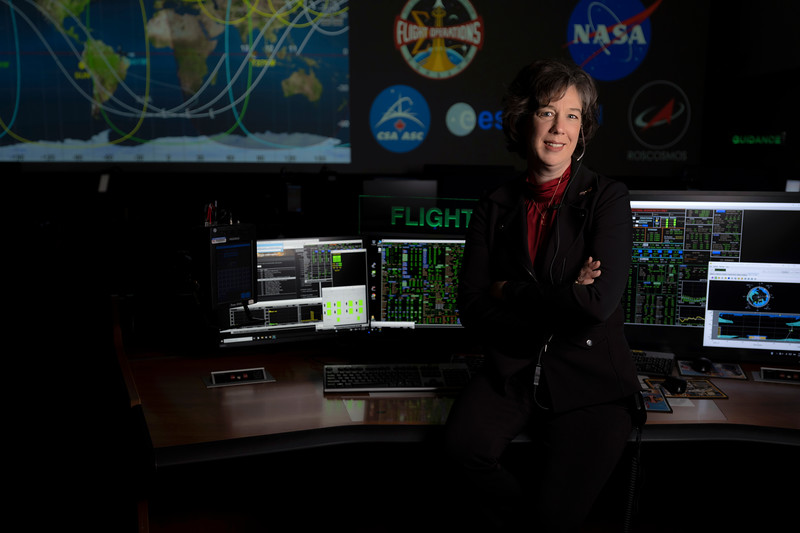
Perspectives on Working at Scale in K-12 STEAM Education
A growing focus of workforce development efforts are linkages to K-12 in and out-of-school time programs that spark curiosity in STEAM. A cross-section of organizations from the non-profit, commercial and government sector who have used high interest content to build and scale programs in the US and beyond will share lessons learned and perspectives. Topics include building community and youth voice in design, engaging the entire STEM ecosystem, supporting educators and stakeholders in implementation, along with lessons on evaluation and metrics.
More Details about Perspectives on Working at Scale in K-12 STEAM Education
NASA's Science and Art of Imaging Extra-Terrestrial Samples
Meet NASA’s artists and scientists who use specialized imaging techniques to bring extra-terrestrial samples to the public and important data to scientists. From ultra high-resolution photographs to X-ray computed tomography (XCT) that allows you to virtually slice through Moon rocks, meteorites, and the OSIRIS-REx asteroid Bennu samples, their work opens access to other-worldly geologic treasures and could help answer questions about the early days of our solar system.
More Details about NASA's Science and Art of Imaging Extra-Terrestrial Samples
NASA Uses Space Tech to Tackle Earth's Food and Water Issues
In this era of satellite technology, Earth-observing data plays a crucial role in managing food production, farming, and water resources. NASA uses satellite data and advanced technology to gain profound insights into Earth’s systems and the vital environments that sustain us with food and water. By utilizing space-based observations, cutting-edge computer modeling, and AI/ML, NASA collaborates with partner agencies, organizations, farmers, ranchers, fishermen, and global decision-makers to address the challenges related to food and water on Earth.
More Details about NASA Uses Space Tech to Tackle Earth's Food and Water Issues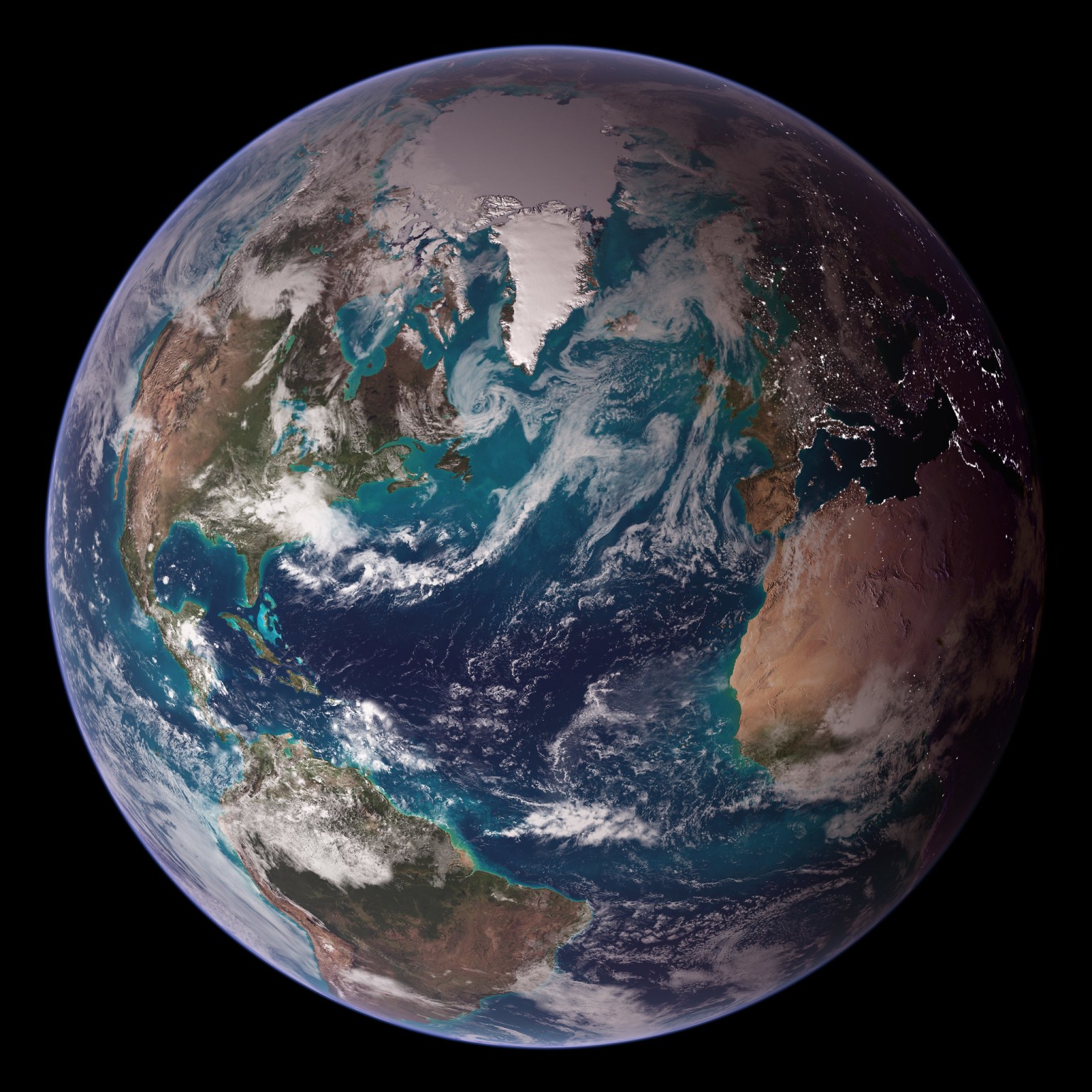
NASA’s Quesst To Change The Supersonic Speed Limit
NASA’s Quesst mission may open the future to a new market of commercial supersonic air travel by cutting flight times in half. Learn more about the 50+ year old ban on commercial supersonic travel over land and what NASA is doing to change the speed limit in the sky to a sound limit.
The Quesst mission’s goals are to design and build NASA’s X-59 research aircraft with technology that reduces the loudness of a sonic boom and fly the X-59 over several U.S. communities to gather data on public responses to the sound generated during supersonic flight and deliver that data set to regulators.
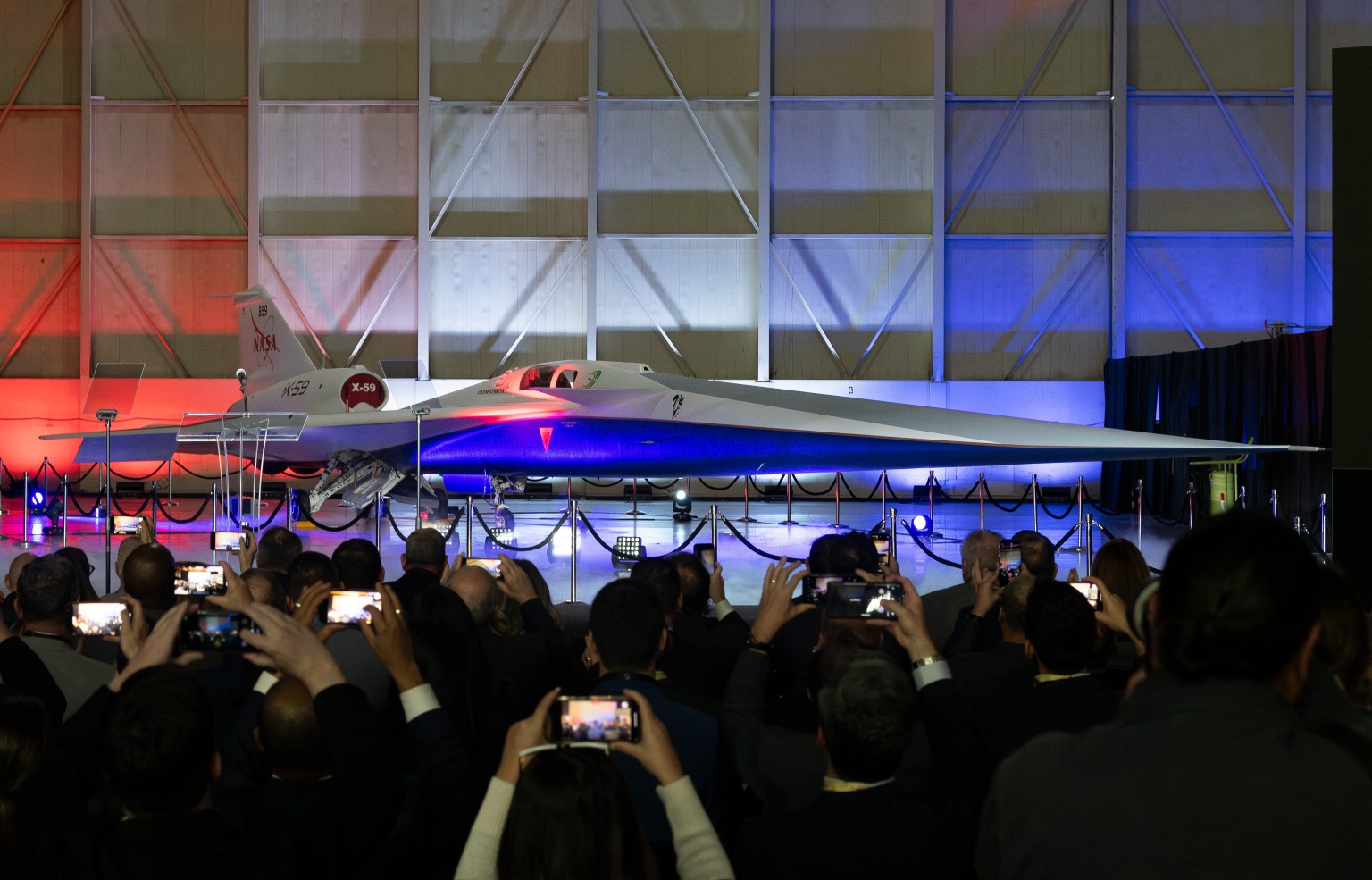
Through Astronaut Eyes: VR Propels Deep Space Exploration
Discover how cutting-edge virtual reality technology is revolutionizing deep space exploration. This panel will delve into the ways VR is being used at NASA to simulate and plan next-gen Artemis missions, design spacecraft, help ensure astronaut’s safety, and more. Explore how VR is not just a tool but a transformative technology that is unlocking new frontiers, making the impossible achievable, and preparing humanity for its next giant leap.
More Details about Through Astronaut Eyes: VR Propels Deep Space Exploration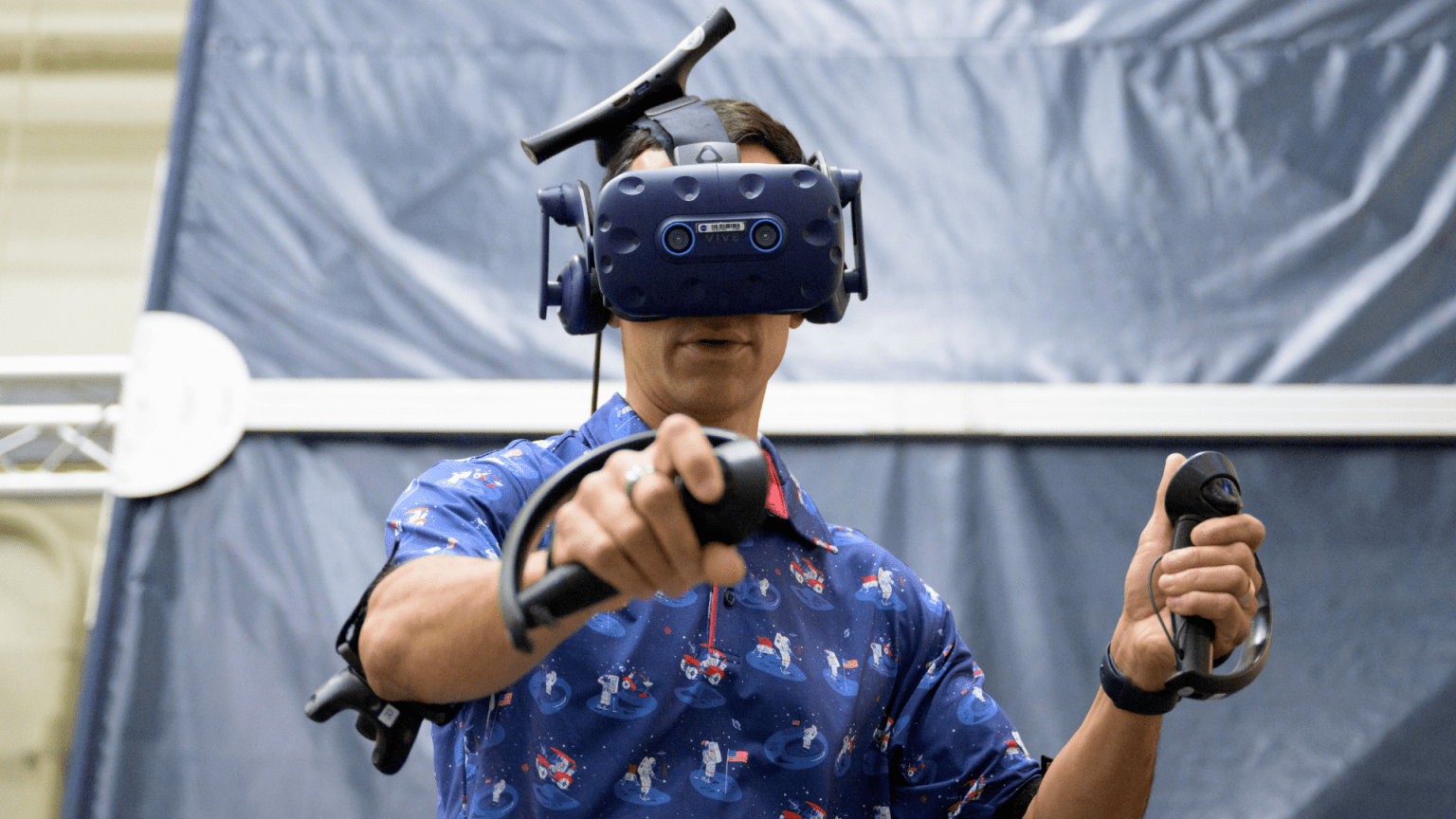
Using ESA's Euclid Telescope To Probe The Dark Universe
95% of the universe is dark: dark matter and dark energy. While we cannot observe them directly, an incredible amount of information about the dark universe is encoded in the shapes, positions, and motions of galaxies. The European Space Agency’s Euclid telescope (with contributions from NASA), launched in July 2023, is the first telescope purpose built to understand the dark universe. Euclid will survey 2 billion galaxies, generating a huge data set that will transform astrophysics using innovative AI/machine learning tools. Euclid’s first release of survey data will be in March 2025.
More Details about Using ESA's Euclid Telescope To Probe The Dark Universe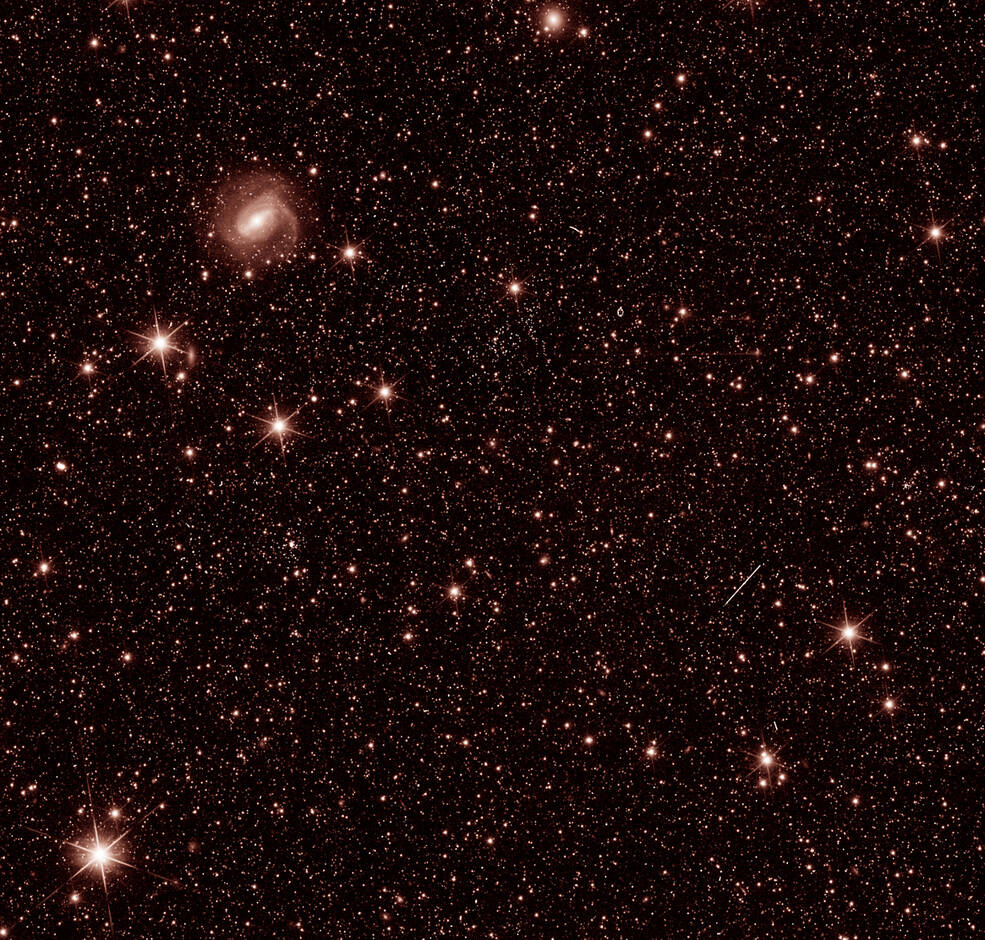
NASA and the Next Frontier in the Battle Against Cancer
Research on the International Space Station has already led to drug and therapy breakthroughs for cancer patients on Earth, with more advancements ahead. NASA is working with the U.S. Department of Health and Human Services and researchers across the federal government to help cut the nation’s cancer death rate by at least 50% in the next 25 years, a goal of the administration’s Cancer Moonshot. Join NASA and industry leaders to discuss the transformative potential of space for cancer research and its promising future, and learn how you can get involved..
More Details about NASA and the Next Frontier in the Battle Against Cancer
Live, From Space! Visualizing the Future With NASA
For over six decades, NASA has led the way in exploring the cosmos, from historic Moon landings and planetary missions to deploying space telescopes, deflecting asteroids, and returning samples to Earth. By sending both humans and robots equipped with advanced instruments and cameras, NASA offers an immersive journey into the universe, unraveling mysteries about our cosmic existence. Join a panel of communications and imagery experts as they provide a look into NASA’s visual triumphs and preview the innovations that will bring viewers along for the ride as we head back to the Moon and beyond.
More Details about Live, From Space! Visualizing the Future With NASA
Performing Space: Weaving Art and Science on the Stage
The intersection of art and science is a consistent hot topic in communication theory, the art realm, academic research, and related industries. Join professionals from NASA’s Jet Propulsion Laboratory, the Los Angeles Department of Cultural Affairs, and the University of California Los Angeles (UCLA) to discuss projects, research, and communication strategies focused on the relationship between science and the arts that can be brought to the stage to inspire audiences from various backgrounds. A special performance viewing will follow this panel.
More Details about Performing Space: Weaving Art and Science on the Stage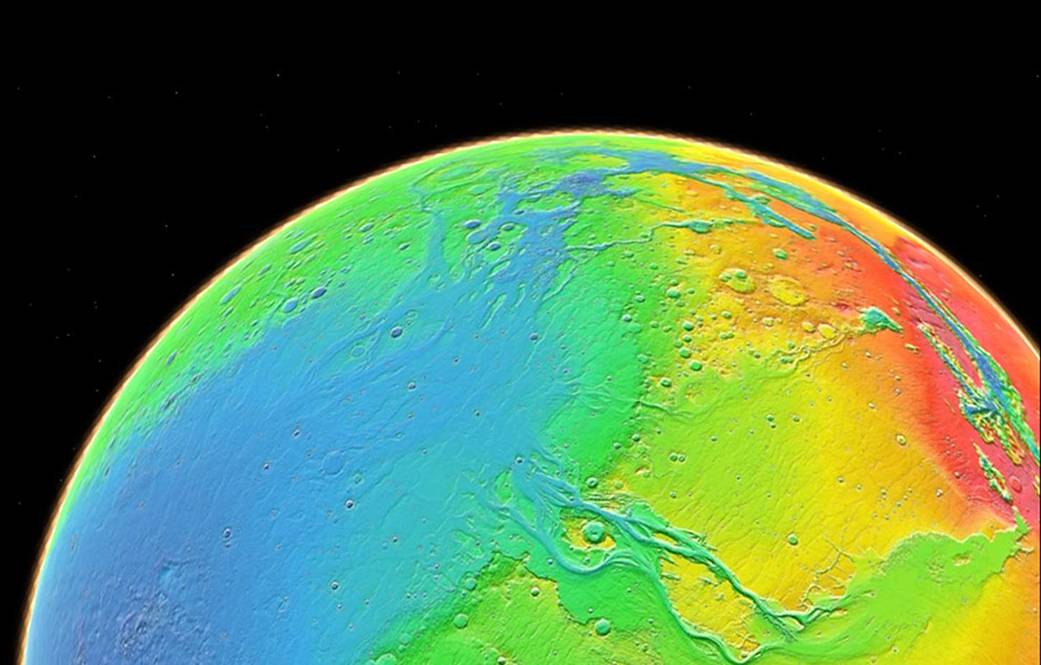
Messaging the Moon: Collaborative Storytelling in Space Exploration
NASA is working with the commercial space industry in support of establishing a lunar economy. These Moon missions require advanced coordination and planning to support communication campaign goals across multiple stakeholders and audiences. With so many stakeholders involved, synchronization is the key for success. Join NASA and the first American commercial companies co-piloting this mission to discuss how they’ve refined their approach to collaborative messaging while working toward an actual moonshot.
More Details about Messaging the Moon: Collaborative Storytelling in Space Exploration